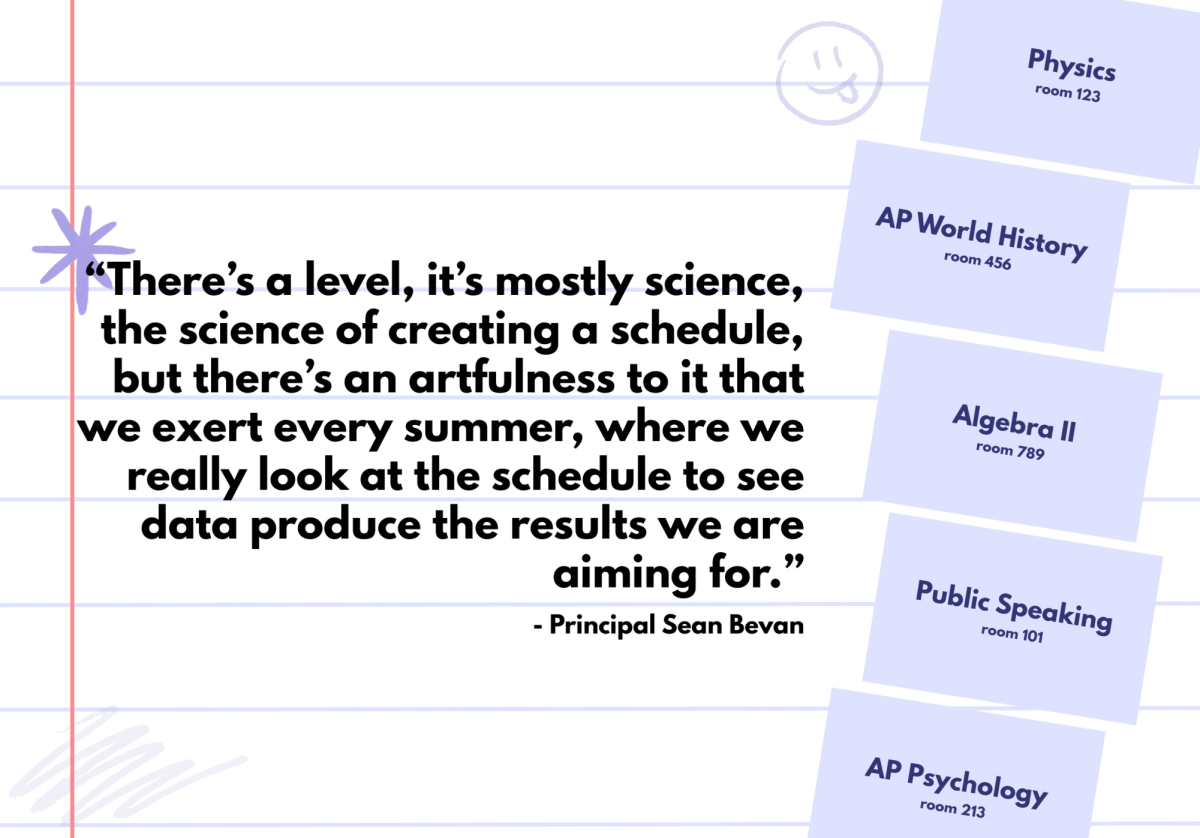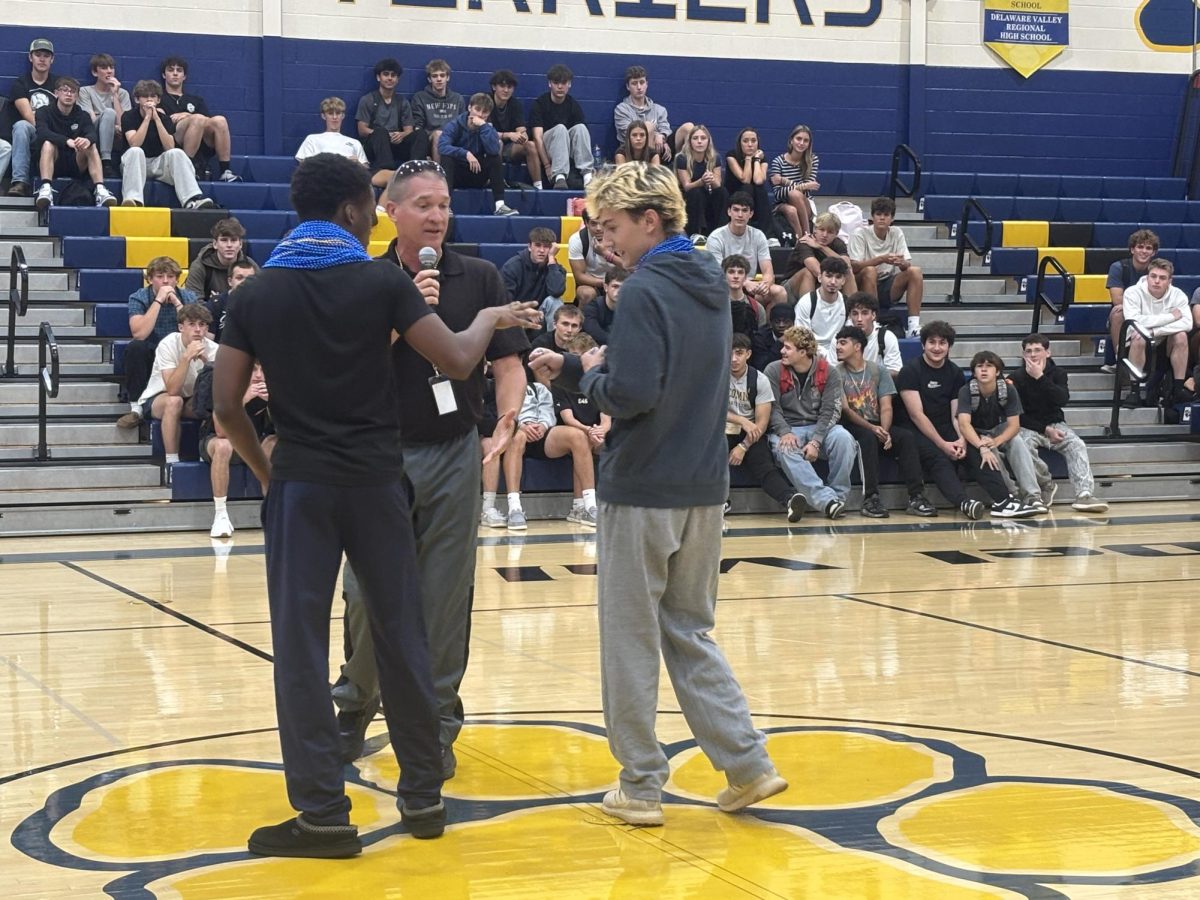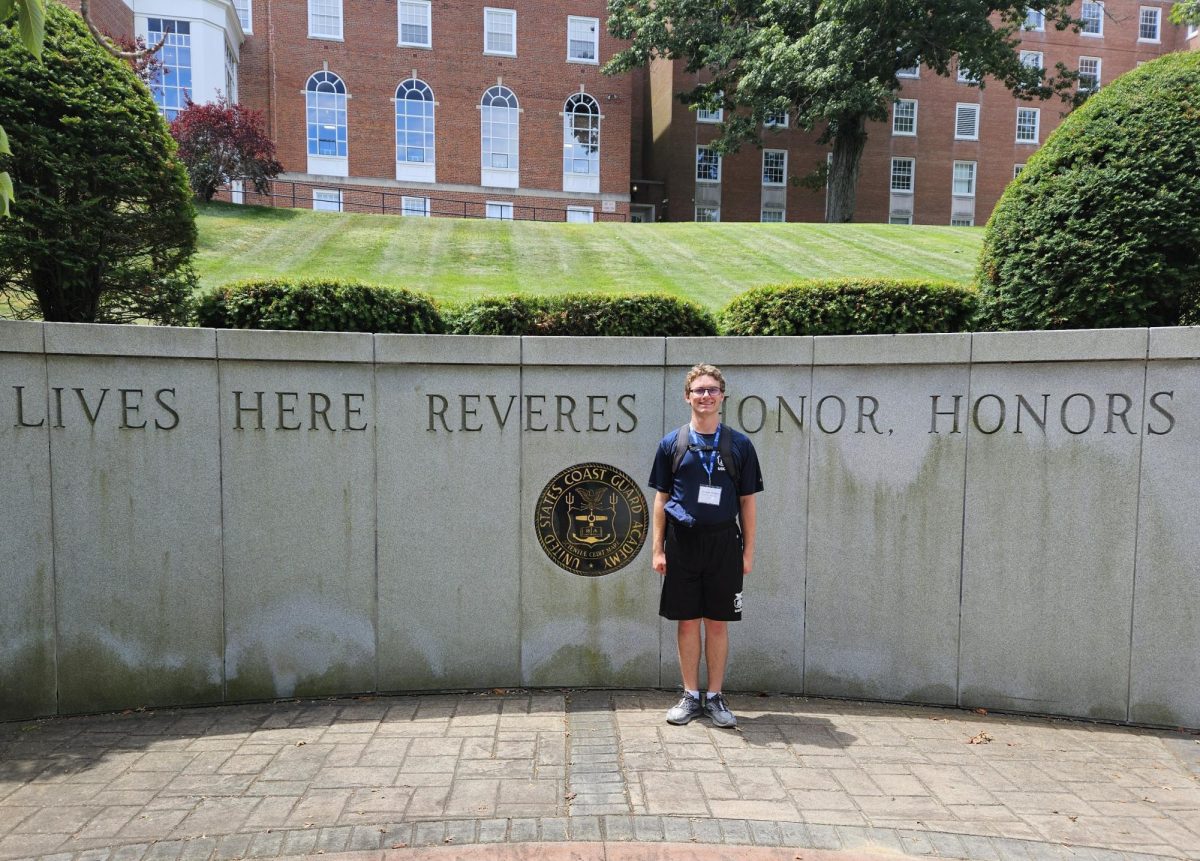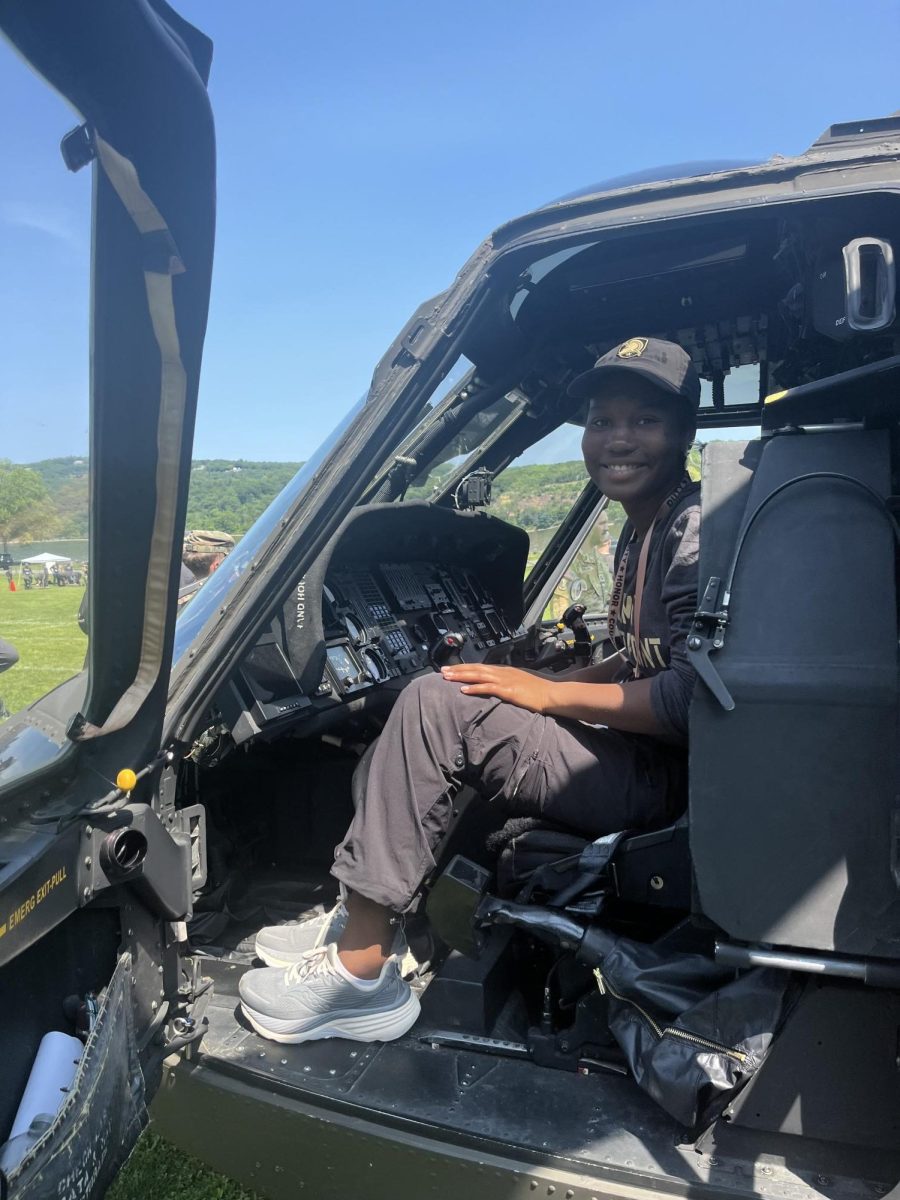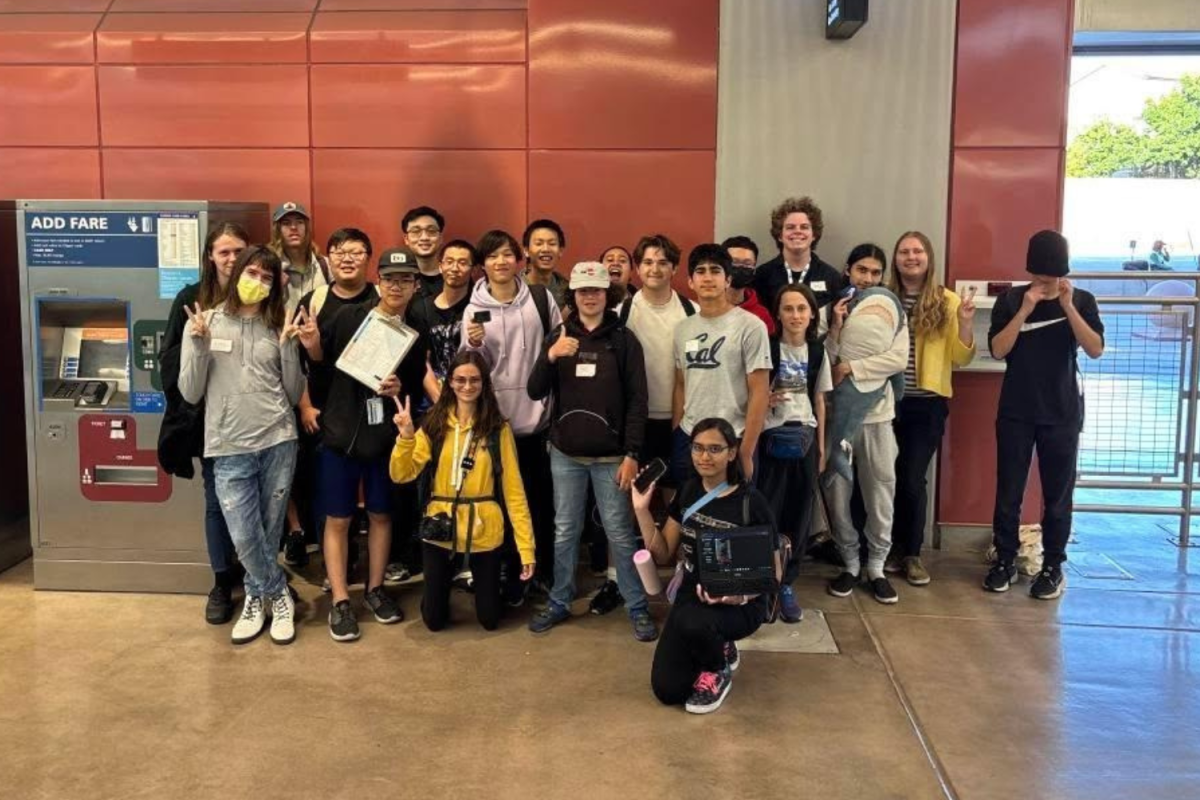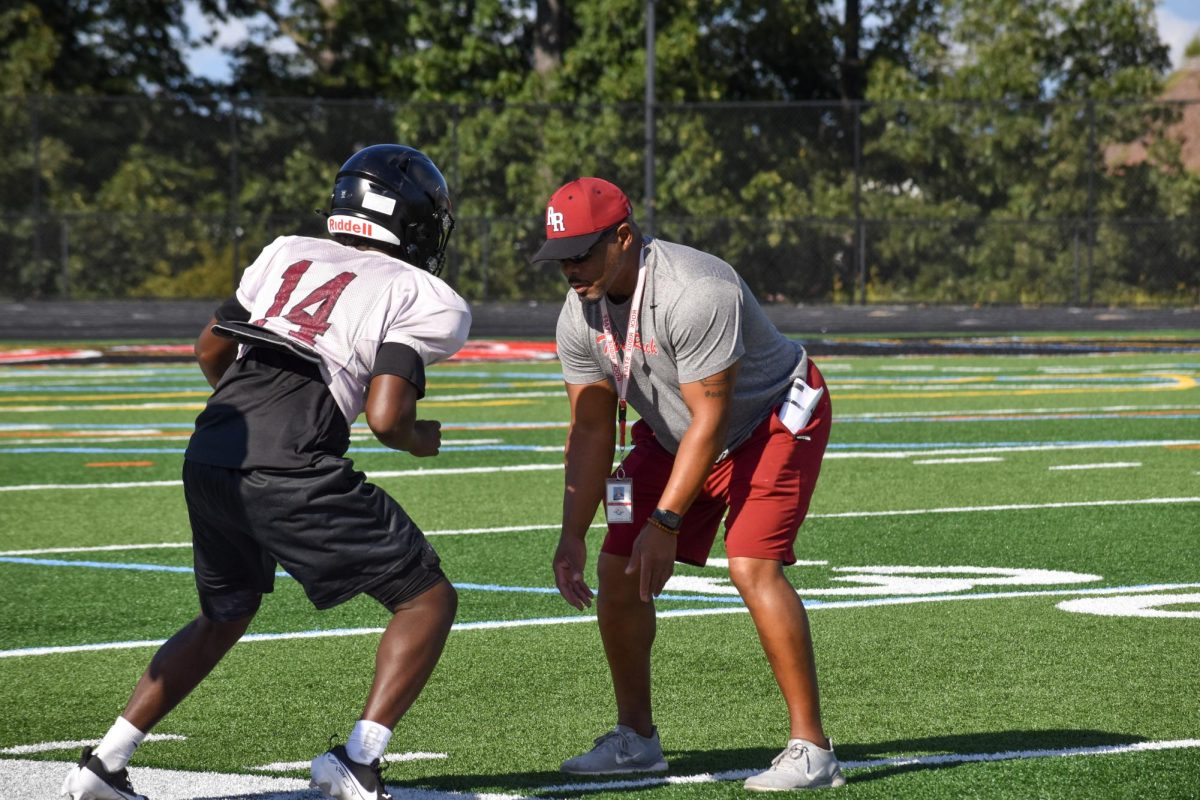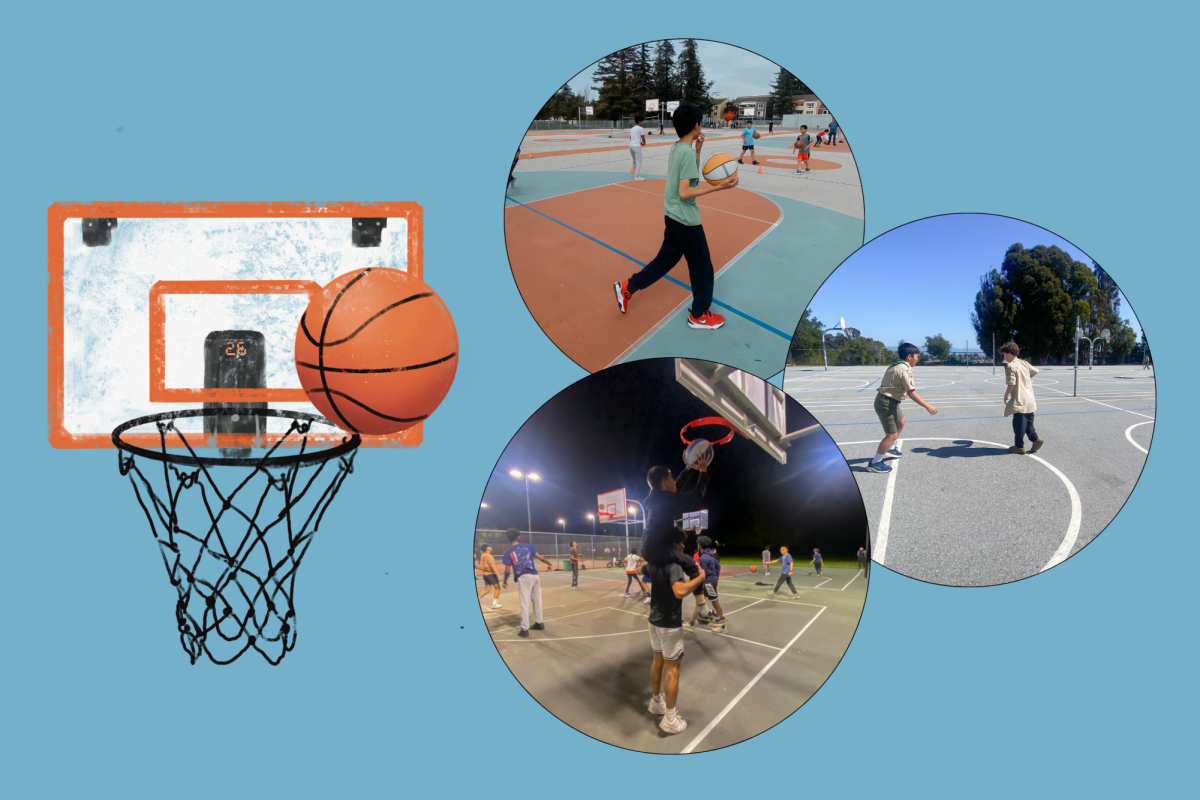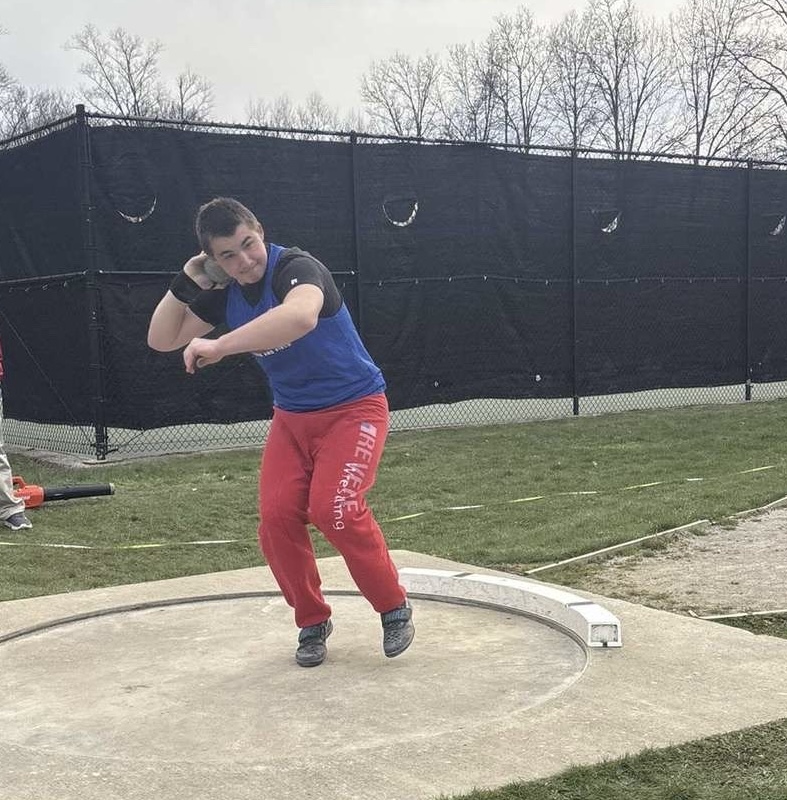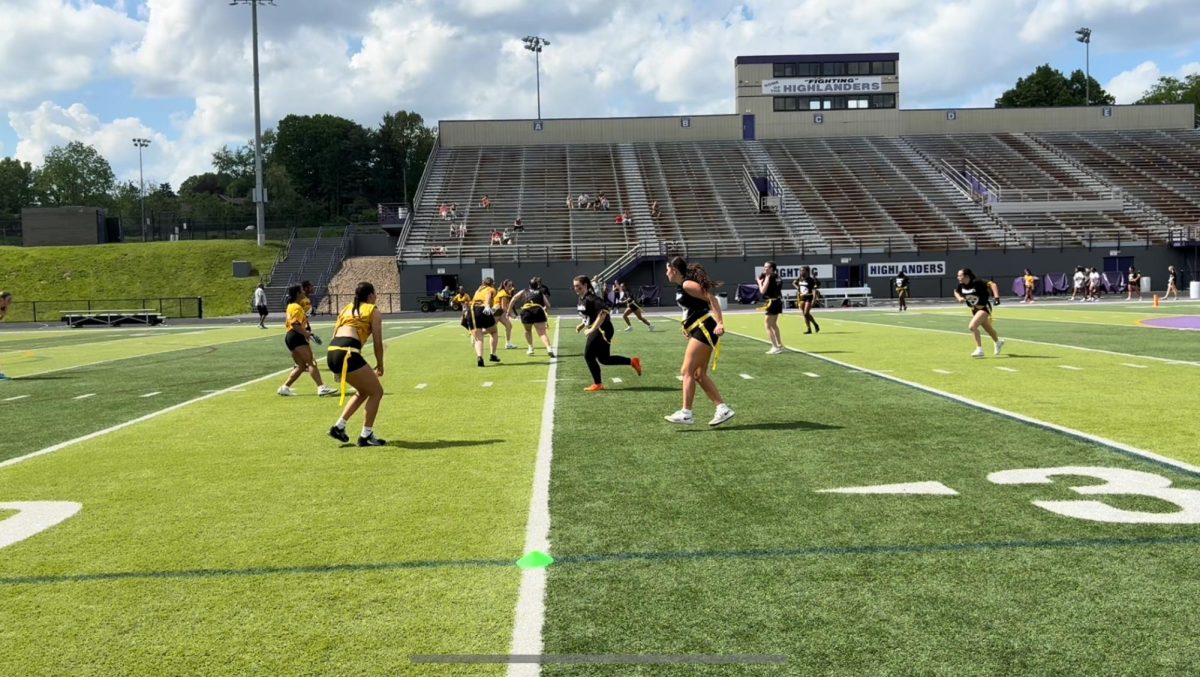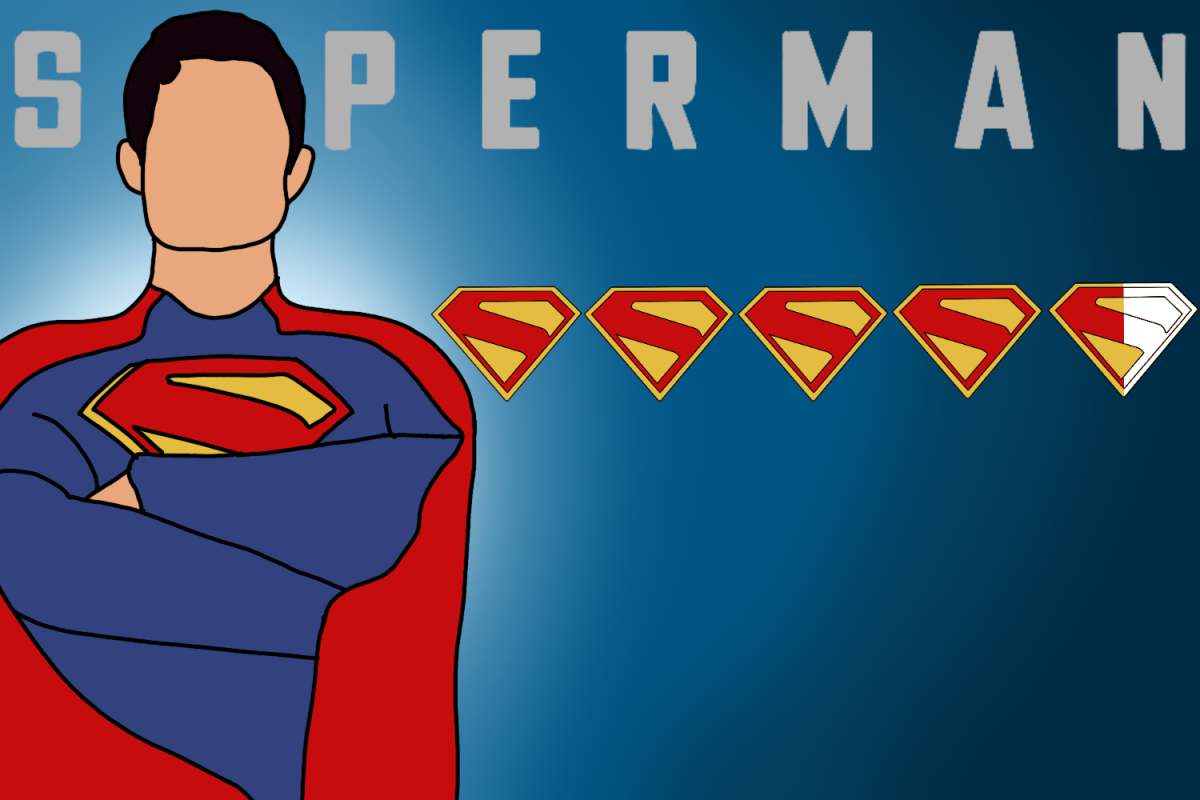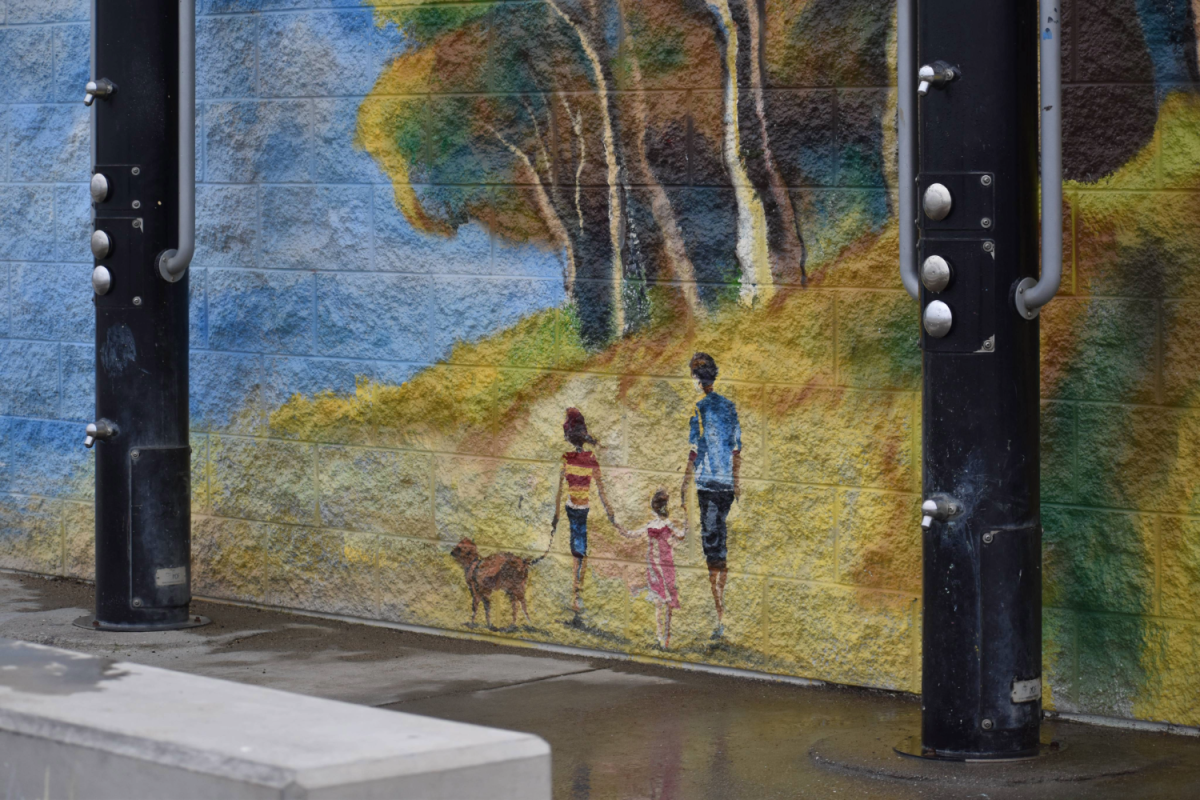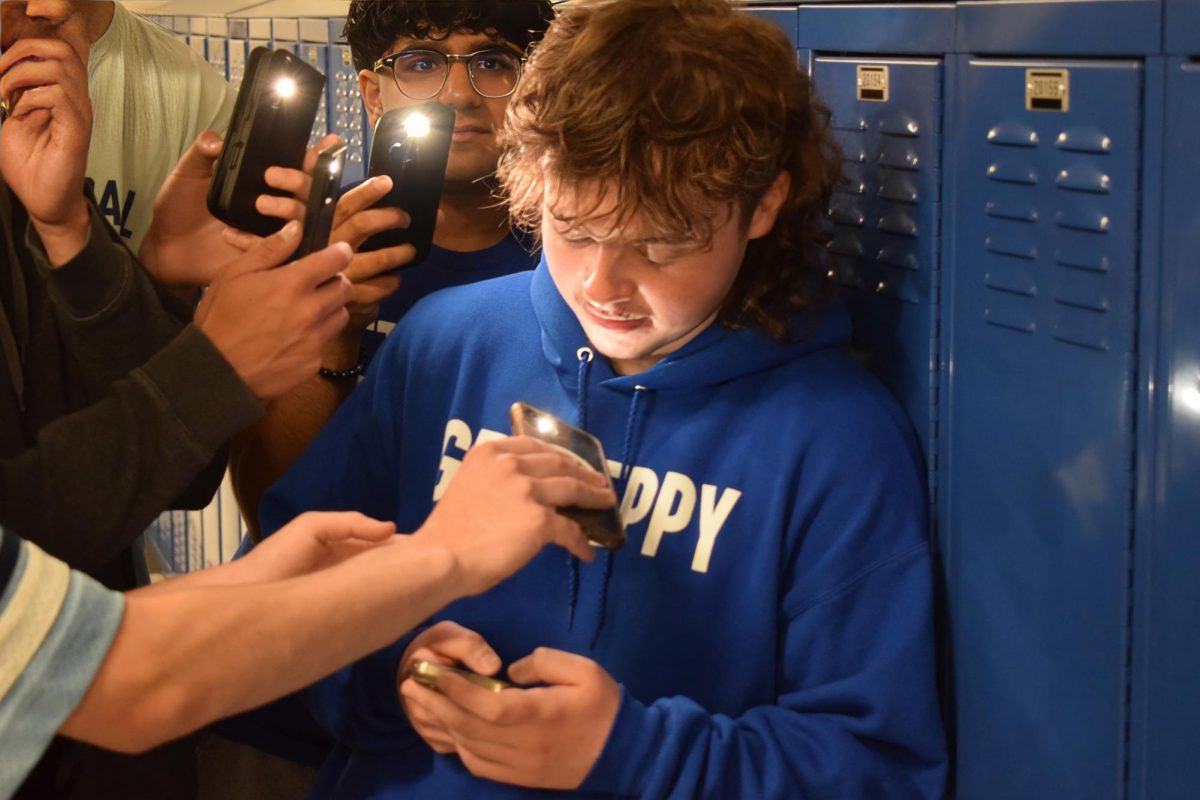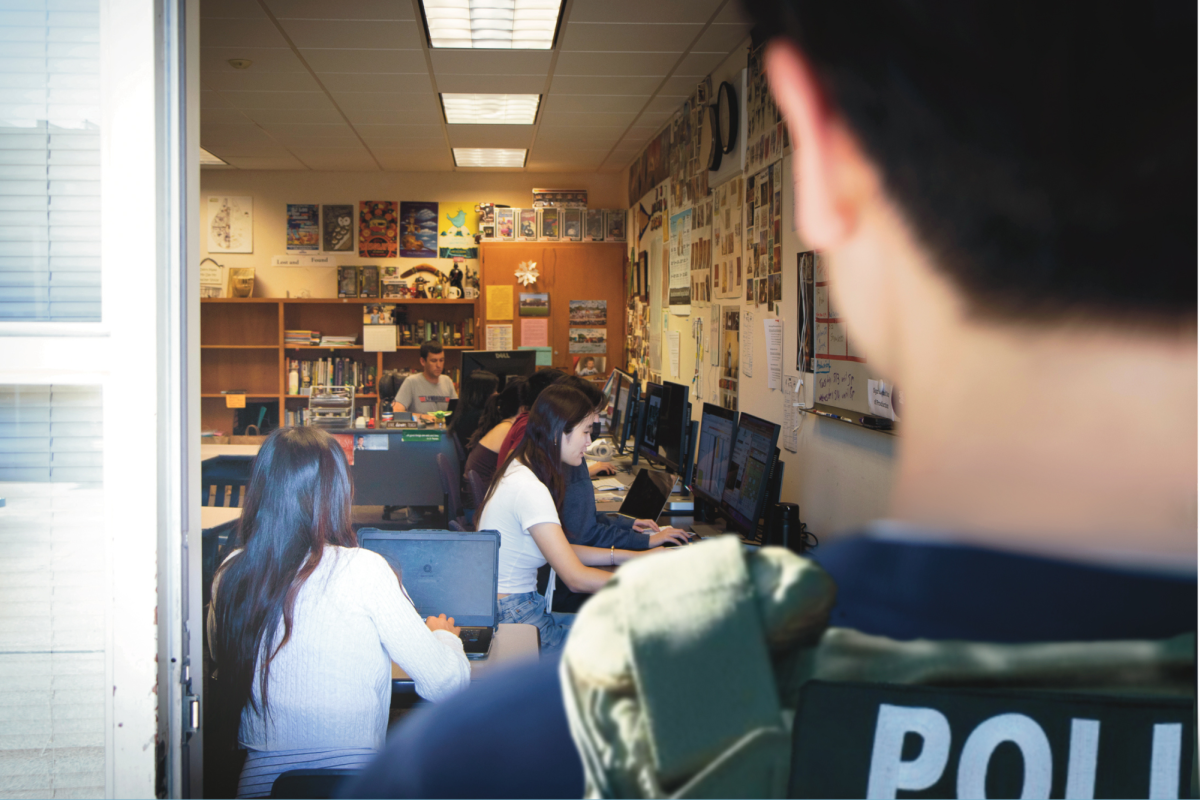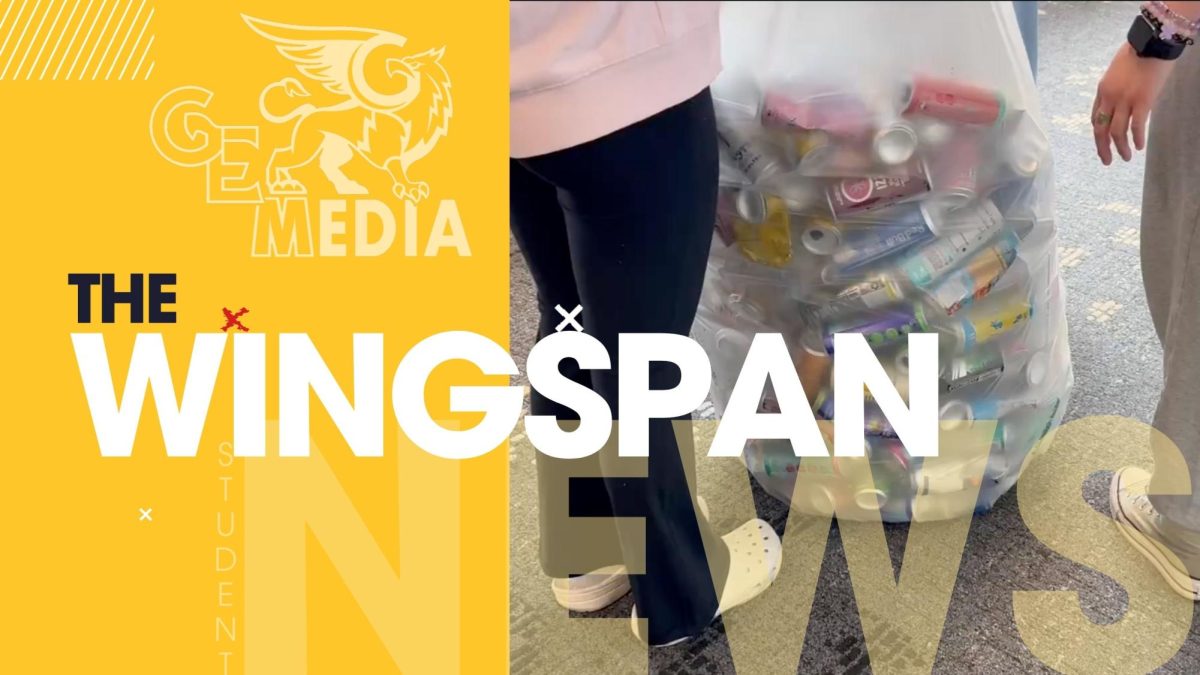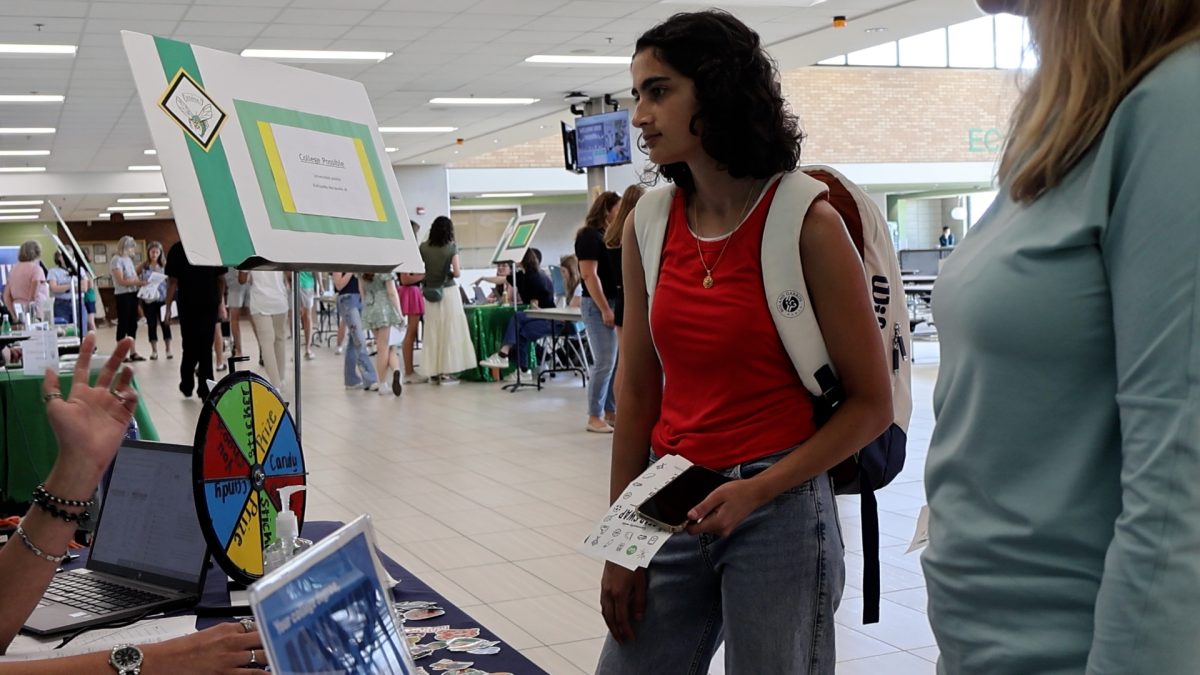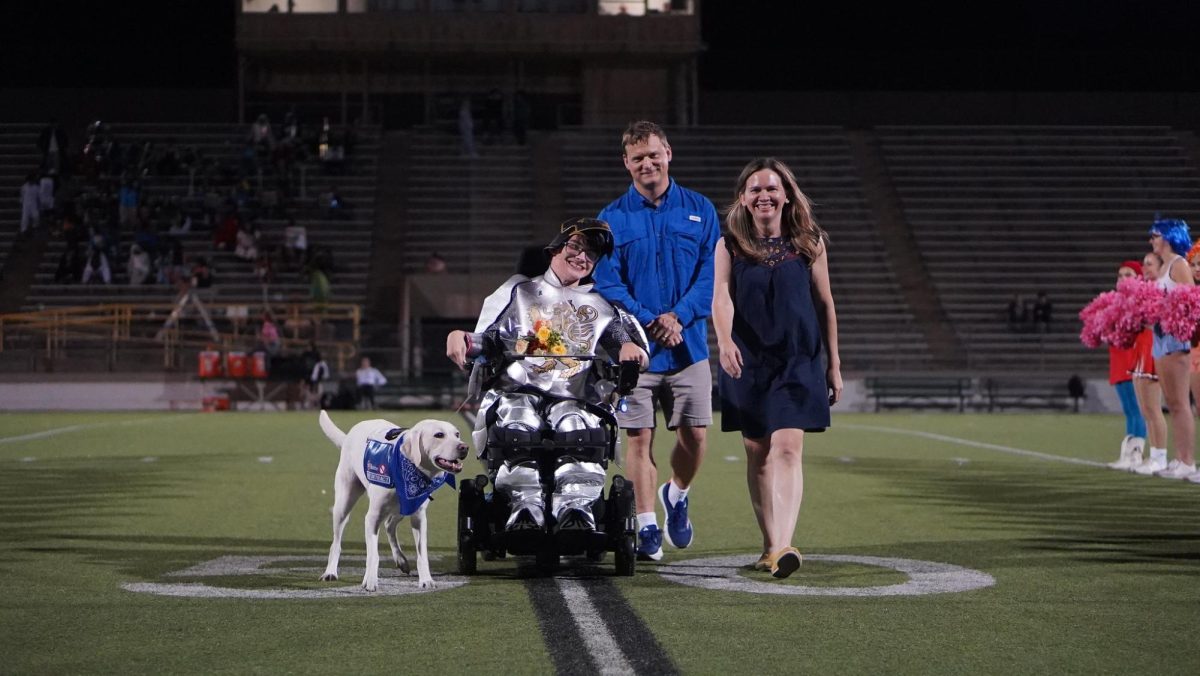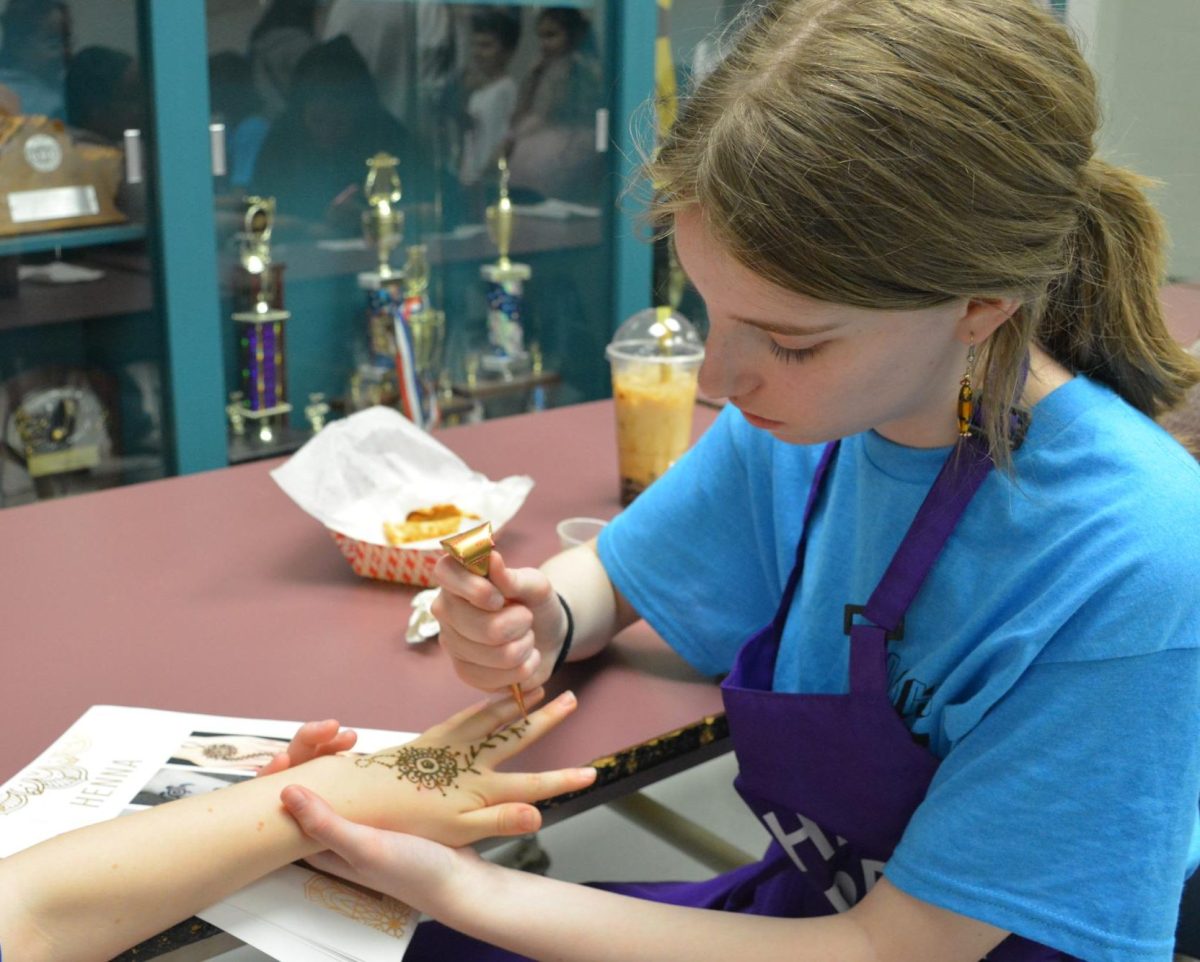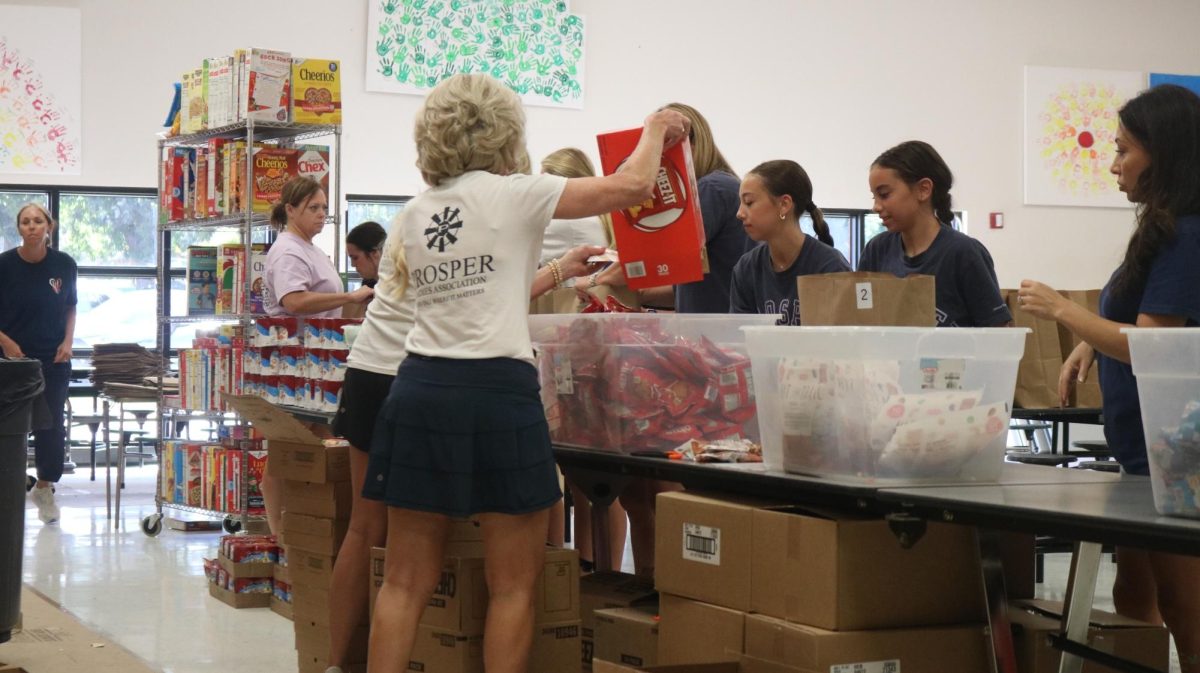Origin of the bill
AI has taken the education world by storm with what seems to be students’ new favorite software, ChatGPT. Open AI seems to be taking a step further, and some organizations are looking towards it for health information.
Live Action, an anti-abortion and pro-life organization, created Meet Baby Olivia an AI video depicting the humanity of the unborn child, and some state legislators are advocating for this to be a part of schools’ human growth and development curriculum.
“Originally, the bill was proposed, for a very specific classroom resource. There was a group that created this AI animation version of what’s happening in the womb,” democratic Iowa senator Sarah Trone Garriot said. “It wasn’t entirely accurate scientifically, and it was also very much created to create an emotional response. So it wasn’t really about teaching students the phases of human development. It was about trying to persuade them specifically towards a kind of anti abortion [agenda.]”
Iowa Senate File 175 (SF 175) includes a list of guidelines that schools must follow when teaching about human growth and development. This includes what grade levels will learn the content as well as the type of resources that must be included, and the materials that cannot be.
The Iowa Senate and House of Representatives have had different versions of the bill, but for it to be passed into law, they have to agree on one version. As of April 28th, the Senate has passed SF 175 concurring with the House amendment S-3111, which changes what grade instruction begins and adds any education materials used should not have been created by an organization affiliated with abortions. For it to be signed into law, the governor must approve the bill.
“On the Senate side, both last year and this year, we deleted a reference to a video called Meet Baby Olivia,” republican Iowa senator and chair of the education committee Jeff Taylor said. “I thought that was too specific, and so we kept the House language specifying what we wanted to see in the instruction of the students, but we deleted that specific video.”
Some people may question what the need was for the bill, and it seems to be that legislators felt as if there was a gap between what students were being taught about prenatal human development and what they felt students should learn.
“We wanted to emphasize the idea that human growth and development actually starts before birth. That there’s a roughly nine-month period before birth where you’re seeing growth and development of human beings,” Taylor said.
Value of AI compared to ultrasound
Students utilize many tools to access more in-depth learning. Senate File 175 includes resources that teachers should use when teaching about prenatal human growth and development.
The bill currently states that instruction must include, “a high-quality, computer-generated rendering or animation, or an ultrasound or other real image, that depicts the humanity of the unborn child by showing prenatal human development, starting at fertilization, noting significant markers in cell growth and organ development throughout every stage of pregnancy.”
Some people may start to feel concerned that the AI or animation will not be displaying scientifically accurate information.
Ankeny resident Barb Sammons has experience being a doula. A doula is someone who provides support during pregnancy and birth. They may provide the couples with resources and advocate for what they request during labor. Sammons explained how she hasn’t seen specifics on the Meet Baby Olivia video but is aware of some people’s concerns.
“I know that a lot of the issue that people had with it is that it wasn’t scientifically accurate and that the animations and stuff were not what an actual embryo and fetus look like,” Sammons said. “So I do think that is tiptoeing into pretty dangerous territory if your editorial is lying about what development is happening.”
Doula’s are just one person someone may access during pregnancy, another that many talk to are ultrasound techs.
“There’s some situations where animation is definitely easier to look at and understand, because there’s a reason why people are ultrasound techs, right?” Sammons said. “Because, the typical person can’t look at an ultrasound and identify most parts of the anatomy until way later in that development. But I think there’s nothing wrong with AI and animation. I just think it’s gonna continue to go back to what’s the source and how accurate is it?”
To add, Taylor expands that while medical technology has progressed there are still some areas that technology is lacking.
“I think at the very earliest stages of development, like when you know an unborn baby is a zygote, or maybe even an embryo during those first few weeks or the first trimester, it may be that we don’t have the technology available that would allow for an up close, live image of the development,” Taylor said. “So some of that might have to be [shown] using AI or some other, computer-generated image. But later on, as you get through the gestation trimesters, an ultrasound is available. It’s always better to have the real thing versus the computer-generated if it’s available.”
Humanity of the unborn child
An element of this bill is the requirement for students to learn about development inside the womb, including the development of organs like the brain, heart, and other organs during early fetal development. SF 175 explains how this depicts the humanity of the unborn child.
“How do you depict the humanity of a dividing cell? Not really, not really clear on that, but that shows the emotional intent of the material,” Trone Garriot said. “It really wasn’t so much about educating children. It’s about persuading them of a specific perspective and opinion.”
This bill can be ambiguous in the way it uses certain language, and it may cause people to question what the correct term is when discussing different aspects of pregnancy.
“I think most people when you get pregnant, you are thinking about that as your unborn child. But scientifically, if you’re talking to medical professionals that’s not the word. And so I think, what’s the intent behind that? And why would we not use embryo up to a certain number of weeks,” Sammons said.
Language has different connotations depending on how it is used. Sometimes it may create barriers to understanding depending on how each individual interprets the word.
“I think the reason that republicans like that language is we want to emphasize that this is a human being, even if it’s tiny,” Taylor said. “We all start very small, but we’re all human from the very beginning.”
This bill emphasizes that the content being taught would be age-appropriate, and this has the potential to change what vocabulary is being taught at each age. The writers of the bill chose to use the term, ‘unborn child’ but never directly said that is what educators had to use.
“I don’t know that it specifies they have to use that language, but maybe it’s just going to be implied based upon the fact that they’re sharing this information with kids. But I don’t think it specifies they have to use certain words to describe what’s going on,” Taylor said.
Ensuring scientific accuracy
Science is a constantly growing field as new technology is developed and discoveries are made. As science evolves, so is what students are being taught, and especially in today’s world of misinformation, it can be hard to find the most accurate facts.
“It’s got to be valid, you know, accurate information. It can’t just be some bogus thing somebody finds that he’s trying to promote a particular point of view, or that hasn’t been put together by a reputable science-based organization,” Taylor said.
Amidst the need for scientific accuracy, specific organizations were stricken from the bill such as the American College of Obstetricians and Gynecologists and the American Academy of Pediatrics.
“I don’t think it changes anything, because it keeps the important language, saying that it has to be supported by the way of research conducted in compliance with accepted scientific methods recognized as medically accurate and objective by leading professional organizations and agencies with relevant expertise,” Taylor said. “So it’s not that schools couldn’t turn to the American College of Obstetricians and Gynecologists or the American Academy of Pediatrics for guidance and resources.”
It seems as if the bill states requirements for what students must be taught, but not how and what specific resources to use, besides those that are scientifically accurate.
“I think that right now, the bill is open enough that there is room for educators to be able to do what they need to. But some of those decisions will come down to the school district and so folks who are concerned about it talk to [your] school boards and and ask, ‘how is this going to be implemented,’ and then express [your] concerns to the administrators, to the superintendent, because it’s still very possible to use scientifically accurate materials. But the way the bill is written, it leaves it open for people to kind of pick and choose what they want.” Trone Garriot said.
Taylor seems to believe that focusing on humanity at the beginning will carry over a respect for humanity later on.
“I’m hoping that a side effect of this will be that it’ll increase a respect for human life, no matter who we are, no matter what we look like, or or any of those other things that divide us later on,” Taylor said.
There is no question that school has a large influence over students’ lives, and some at the high school level may even be at school more than they are at home due to sports and activities.
“There’s a lot of debate about who has more influence over kids, but the truth is your family has the most influence over your kids,” Sammons said. “If you grew up in a family and there’s a lot of focus on the humanity of the unborn child. And you go to school and they’re using the terminology embryo and fetus. I don’t think that’s going to change what you fundamentally believe.”
This story was originally published on The Talon on April 29, 2025.



